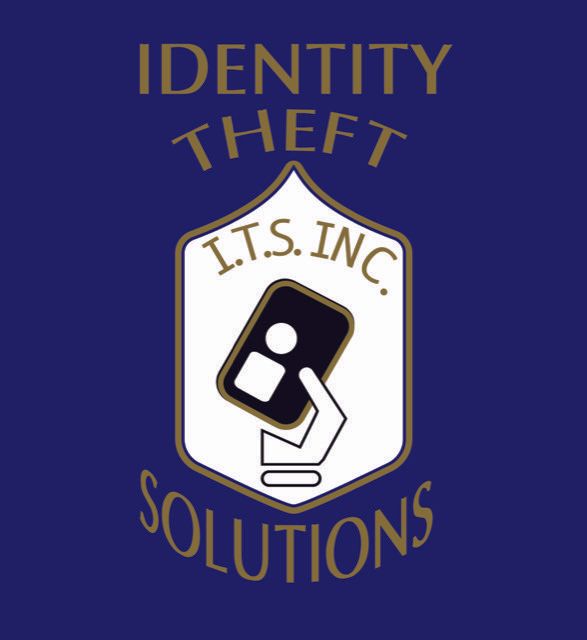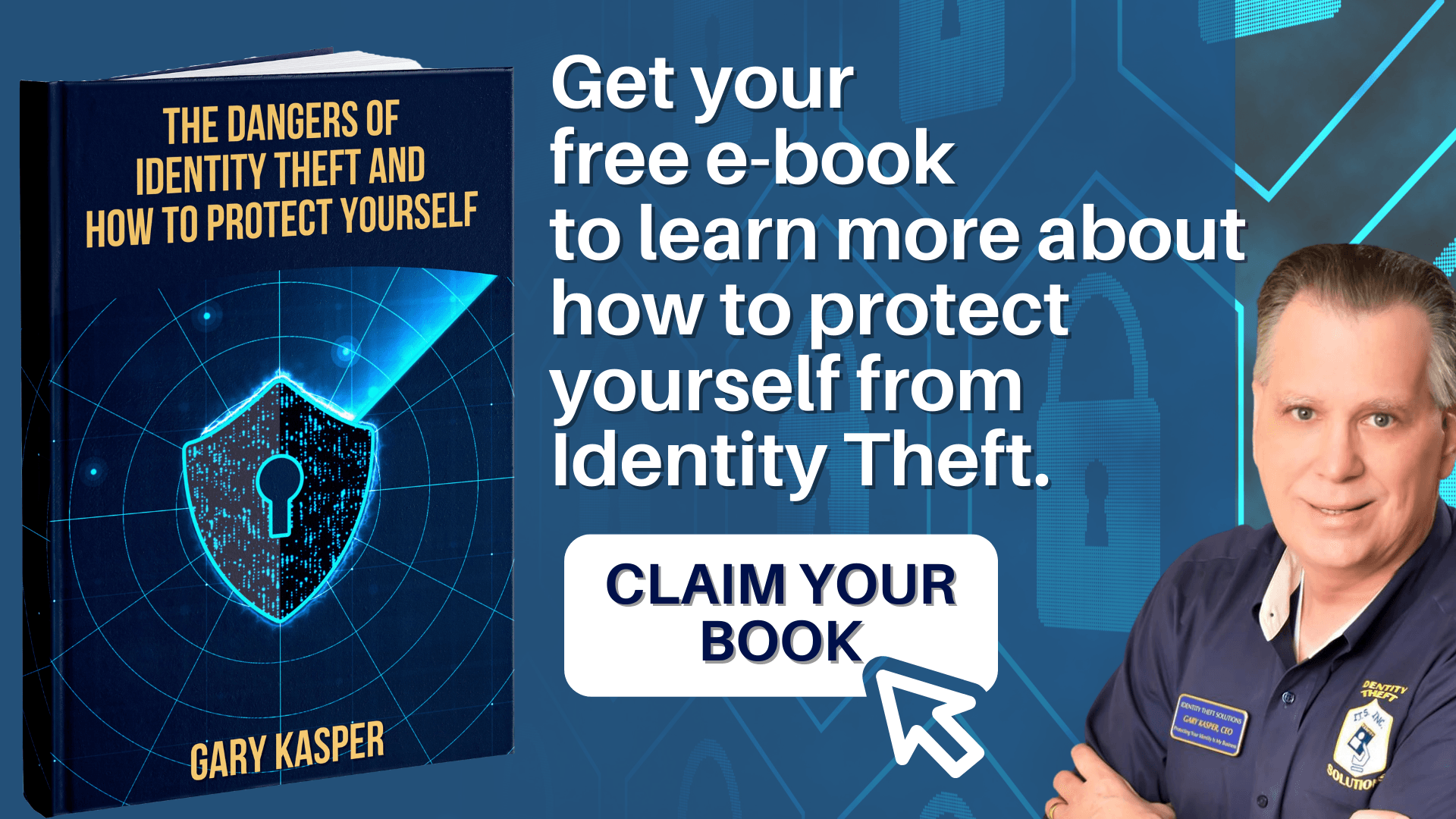How many social media accounts do you participate in?
How many sites are there where you have an account that you no longer use to socialize with others? Now consider two more questions, “What personal information of yours is stored within that account, even if it’s just the account profile?” and “What could happen if those abandoned accounts were breached by a hacker who then stole the data?”
Old online accounts have at least two vulnerabilities: They could be viewable by others and the database of the website could suffer a data breach. When social networking first began, users were less aware than they are today of the need to restrict who could see their posted information. Someone viewing an old account of yours could potentially pick up data that would help them find information they could use elsewhere such as with answering security questions such as “Where were you born?,” “Where did you attend school?,” etc.
Data breaches suffered by social networking sites are becoming commonplace. Within just a six-month span of time in 2016, nearly one billion records from only four social networking or online dating sites were potentially accessed by hackers. A thief could take the user ID and password collected in a breach and then try it on other websites to see if the person who created the account used those same credentials on other accounts. Then they can collect personal information from that account as well or takeover the account and make use of it.
What can be done about old accounts?
If you are no longer using an account, delete it if possible. If not possible, replace your personal information with random data so that the account is not useful to a potential identity thief. The website www.accountkiller.com is a valuable resource of directions for closing online accounts of all kinds. Also, by reviewing it’s extensive list of websites, you may be reminded of an old account you forgot that you created.
What to do going forward: If you’ve been in the habit of using the same login credentials on all of your websites, change the passwords (or user ID and password, if possible) so that you use different credentials for each account. Keep a list of the accounts you create online so you know where you information is online. Be particular about what personal information you add to your accounts. Every question doesn’t need to be answered in your account profile. Set privacy and security settings to have some control over who can see your data. Use backup email addresses on every account so that if you lose access to the primary email because of a job change or switch in email service provider, you can still access the account.

CONTACT US
Gary Kasper: (559)-283-3417
Yulanda Kasper: (559) 283-2074
USEFUL LINKS
All Rights Reserved | Identity Theft Solutions | Privacy Policy | Website by EGS Marketing Solutions


